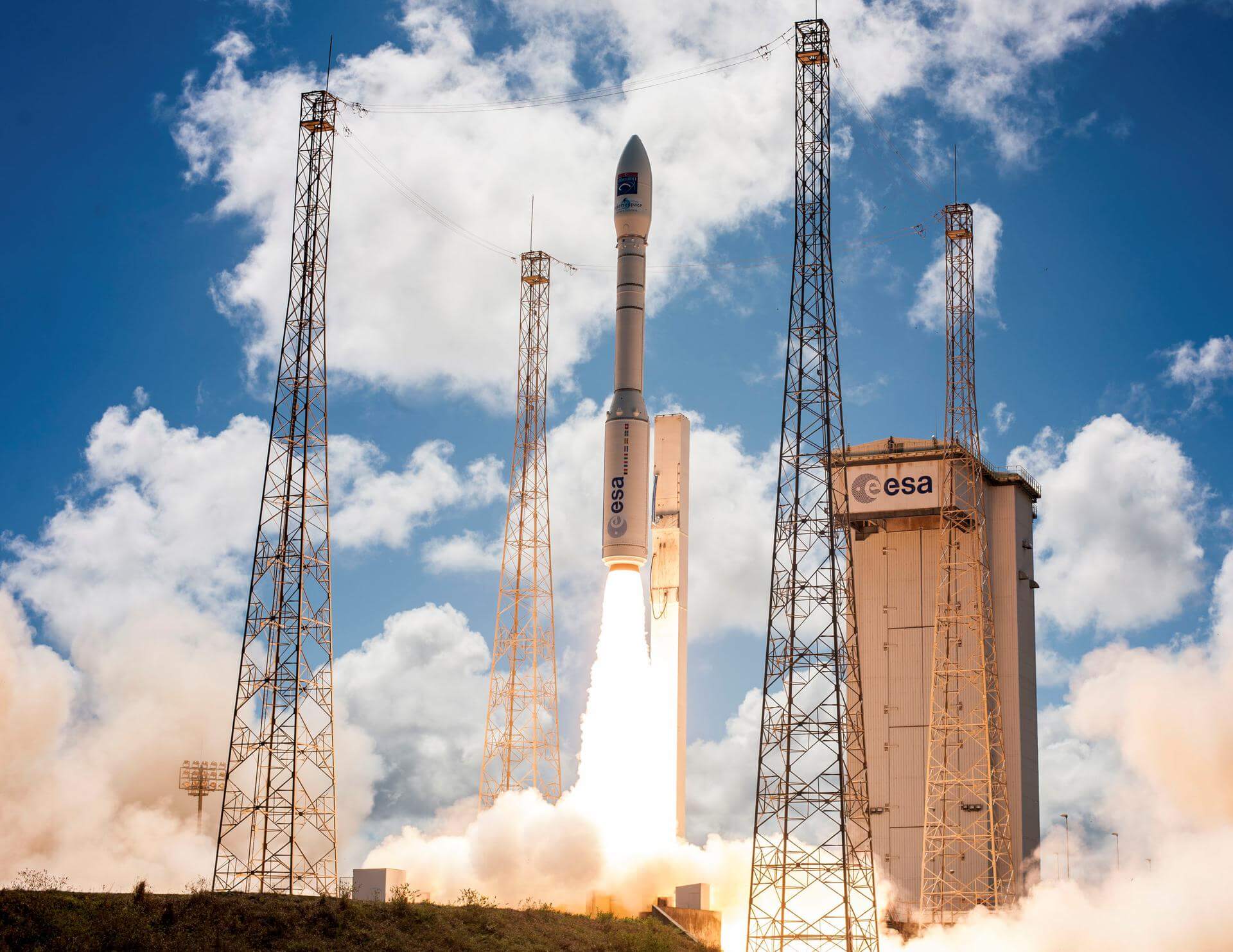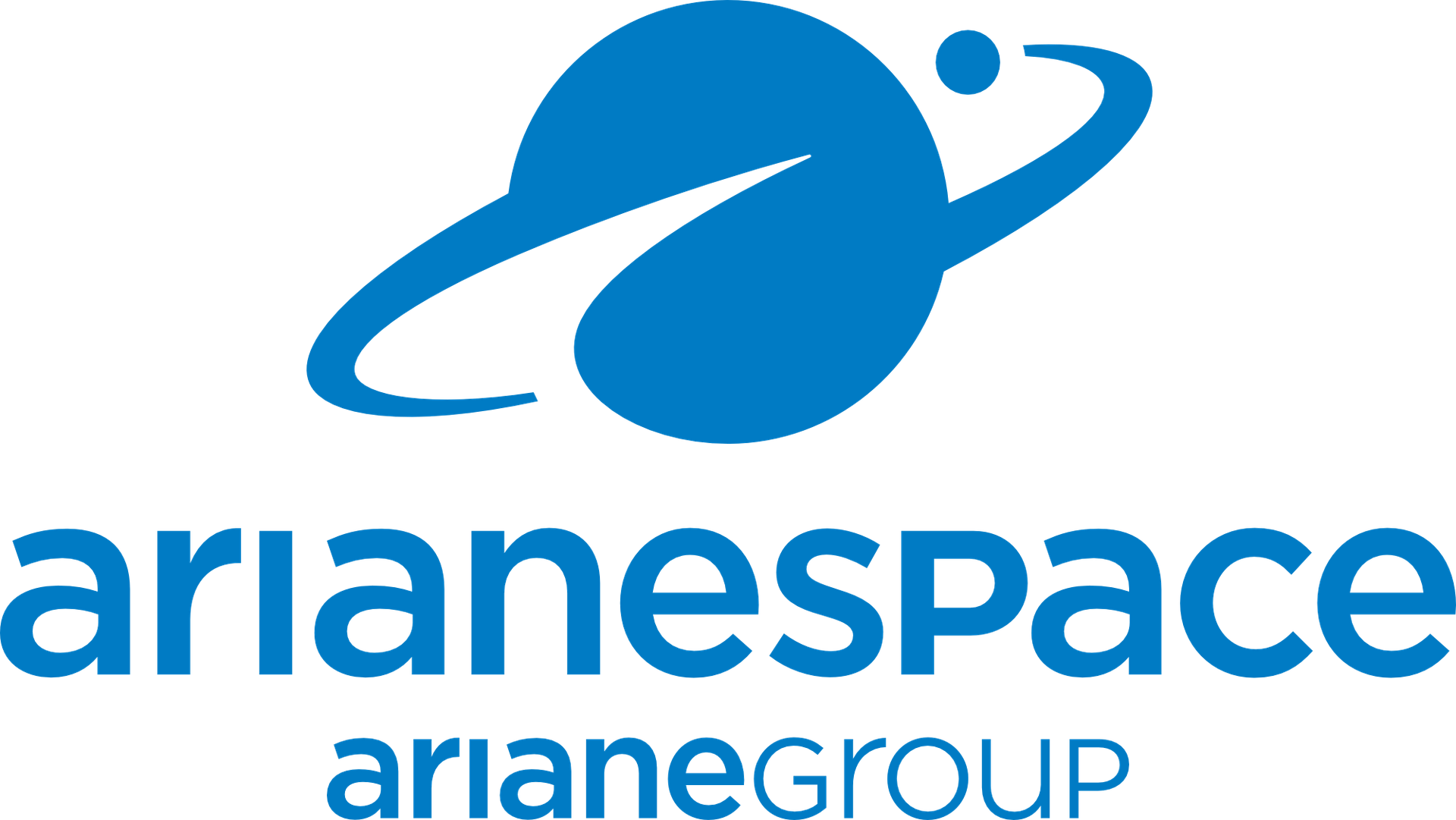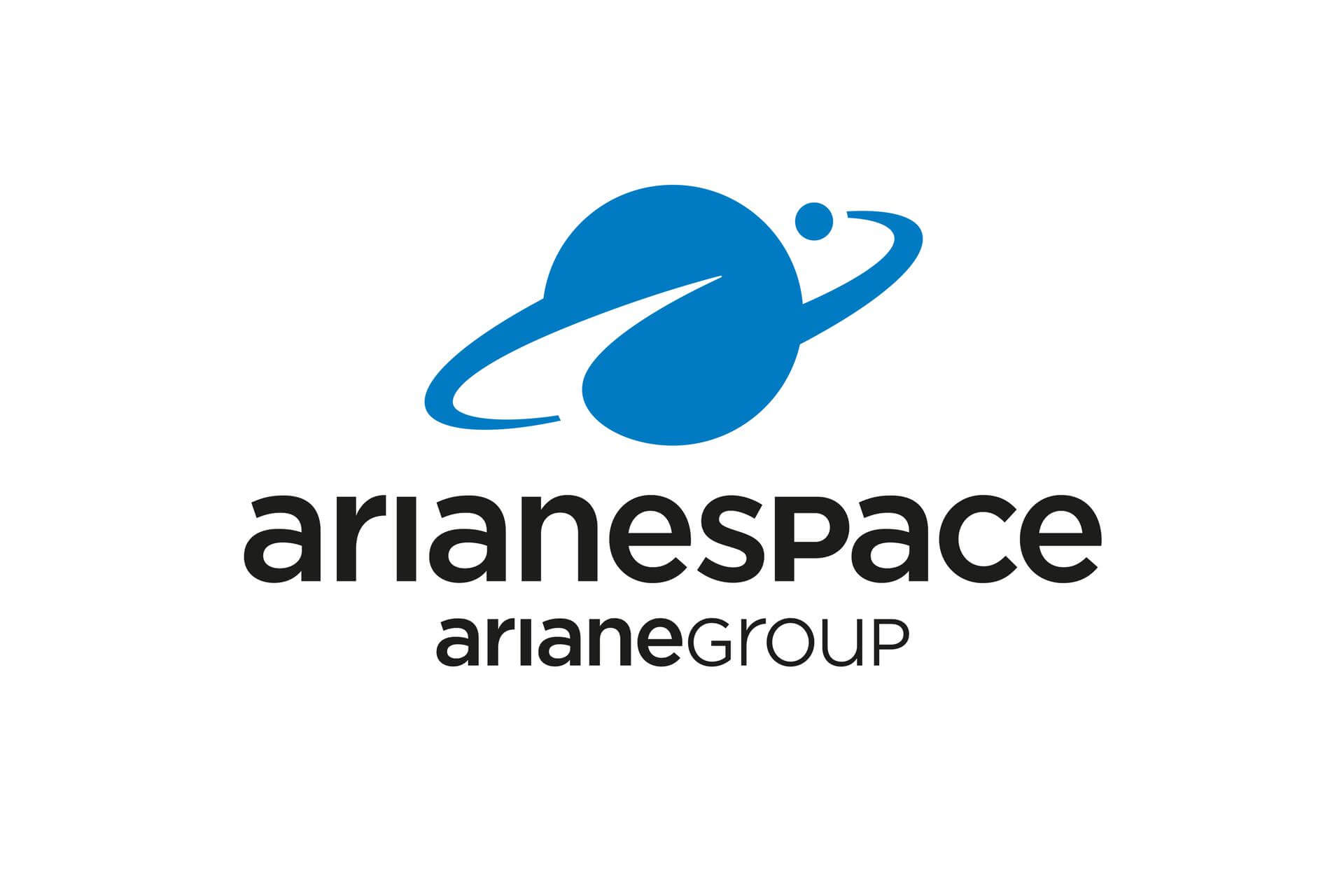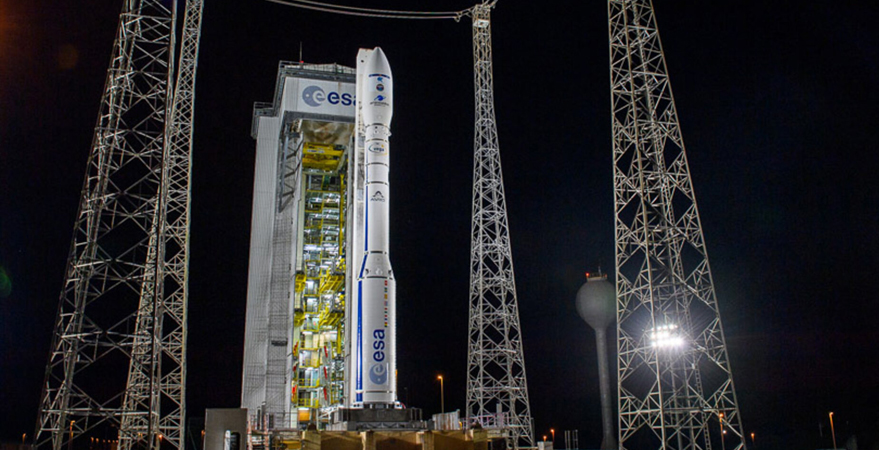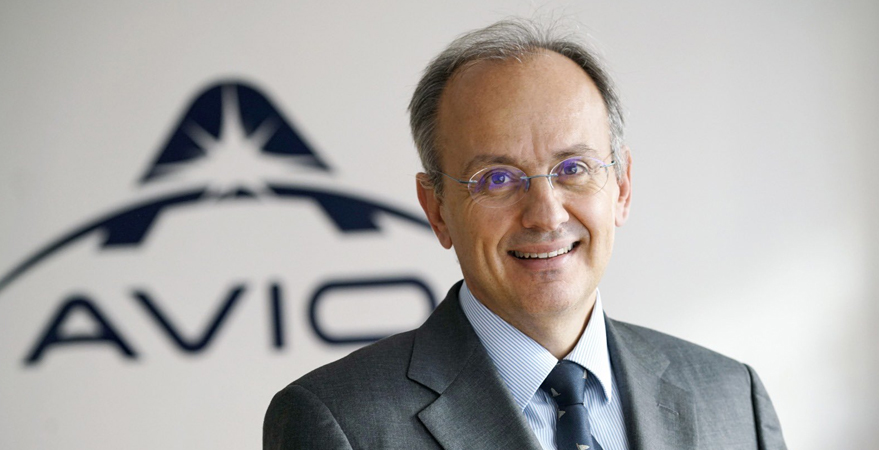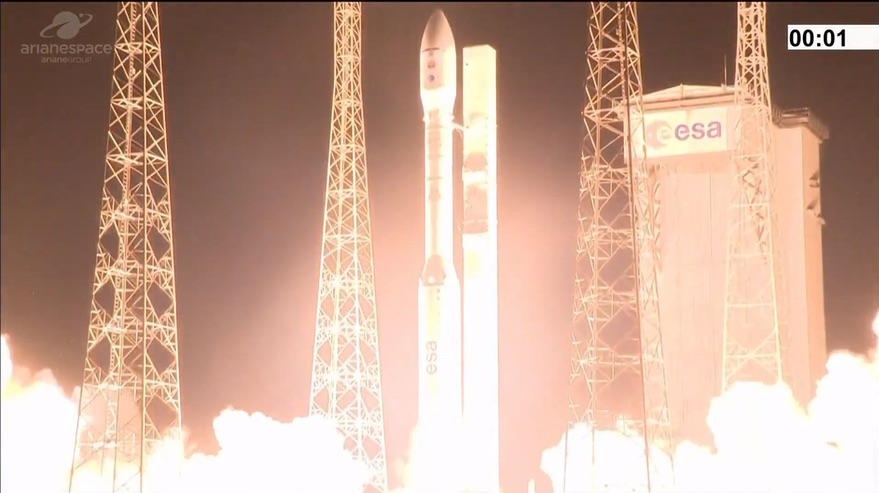Vega | SEOSAT-Ingenio & Taranis
Ariane Launch Area 1 (ELV)
Guiana Space Centre, French Guiana
T?
--
Days
:
--
Hours
:
--
Mins
:
--
Secs
Date Loading...
SEOSAT-Ingenio & Taranis
SEOSAT-Ingenio is a high-resolution optical imaging mission of Spain - the flagship mission of the Spanish space strategic plan. Its mission is devoted to ensure an even coverage of the areas of national interest, providing a large operational capability in the capture of high-resolution multi-spectral land optical images for numerous user groups, as well as supporting and optimizing the development in Spain of teledetection-based applications in Spain. The overall mission objective is to provide information for applications in cartography, land use, urban management, water management, environmental monitoring, risk management and security. TARANIS (Tool for the Analysis of RAdiation from lightNIngand Sprites), the Celtic god of thunder and lightning, is the first satellite designed to observe luminous, radiative and electromagnetic phenomena occurring at altitudes of 20 to 100 km over thunderstorms. Discovered 20 years ago, such transient luminous events (TLEs) such as red sprites, blue jets, elves, sprite halos, etc. remain shrouded in mystery. They are sometimes accompanied by terrestrial gamma-ray flashes (TGFs). The TARANIS microsatellite will fly over thousands of TLEs and TGFs for at least four years and will be capable of detecting these events and recording their luminous and radiative signatures at high resolution, as well as the electromagnetic perturbations they set off in Earth’s upper atmosphere. The payload includes numerous sensors to observe the TLEs and to perform in-situ measurements of perturbations caused on the local plasma (fields, waves and particles).
Vega
Height 29.90 Meters
Max Stages 4
Mass To GTO 0 kg
Liftoff Thrust 2974 kN
Diameter 3.03 Meters
Mass To LEO 1500 kg
Liftoff Mass 137 Tonnes
Launch Success 19
Consecutive Success 4
Maiden Flight 2012-02-13
Launch Failures 2
Related Events
Arianespace VV17 failure press conference
T?
8 minutes after liftoff of Vega mission VV17, following the first ignition of the engine of the Avum upper stage, a deviation of trajectory was identified, entailing the loss of the mission. There will be a press conference Tuesday, November 17th, 2020 at 10:00 am Kourou time / 2:00 pm Paris time.
Related News
2020-12-18T11:44:43+0000
SpaceNews
Investigation confirms improperly connected cables caused Vega launch failure
2020-11-20T23:45:44+0000
SpaceNews
Avio CEO promises Vega’s rapid return to flight as CNES plots replacement satellite
2020-11-17T22:35:32+0000
Spaceflight Now
Arianespace traces cause of Vega launch failure to ‘human error’
2020-11-17T18:45:36+0000
SpaceNews
Human error blamed for Vega launch failure
2020-11-17T10:15:30+0000
Spaceflight Now
European Vega rocket suffers second failure in three launches
2020-11-16T21:26:56+0000
NASASpaceflight
Vega fails during launch of European Earth observation satellites
2020-11-16T21:25:36+0000
Spaceflight Now
Vega rocket poised for launch with satellites for Spain and France
2020-11-16T04:55:36+0000
SpaceNews
